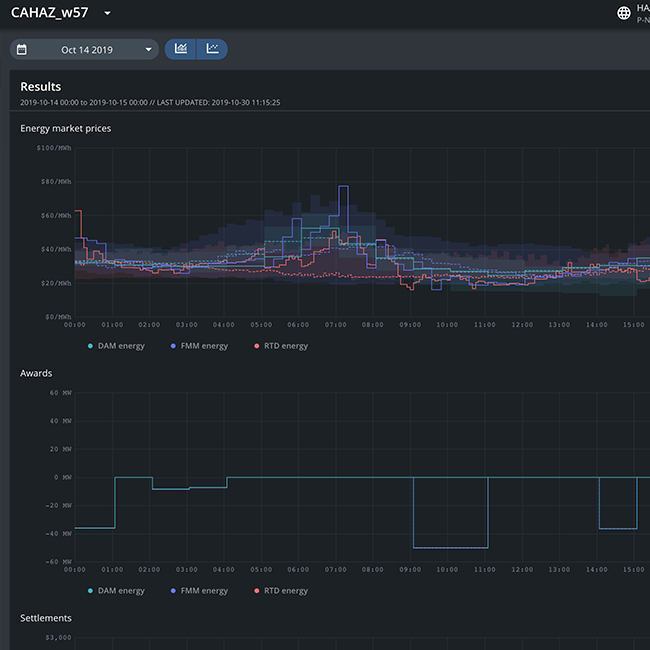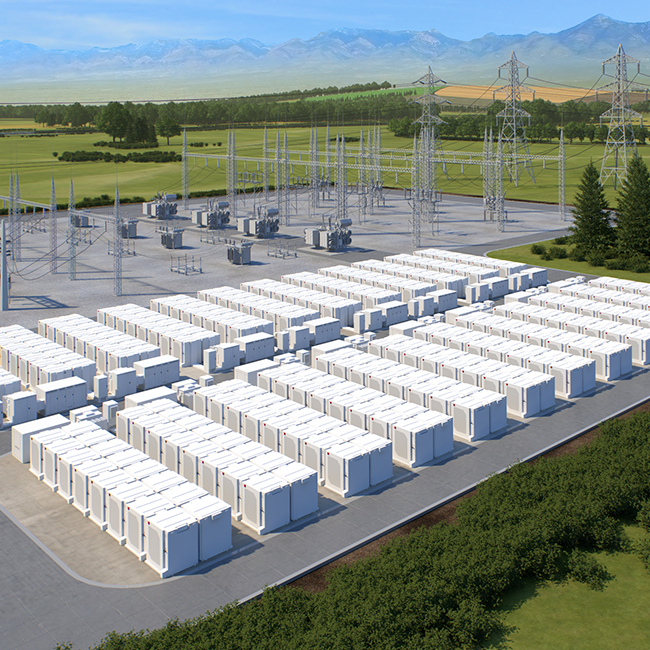The energy storage industry has 1,300 MWs of resource -- not half of that as previously thought, AES Energy Storage President Chris Shelton said yesterday at the Storage Week conference in Austin, Texas.
Kim Johnson, a director of Riverbank Pump Storage, responded to Shelton's talk by saying, "If we're bidding into an RFP for flexible capacity, we're not $2,000/KW of installed capacity. We're at $1,000/KW of installed capacity and all of a sudden, storage equals gas from a CapEx perspective, as well.
"And I think if the whole storage industry started to think about its capabilities in terms of flexible capacity and ramping -- i.e. ramp up and ramp down -- we would take off the table the perception of storage being expensive relative to gas," she added.
About a month ago, when Shelton and his staff were working on an ERCOT project in Texas, they realized "we have been hiding half of our megawatts," he recalled yesterday. When that project began in 2010, AES filled out an ERCOT resource designation form and did not give a second thought to the fact that it had no field for storage, he said.
"You could put in a generation resource or you could put in a load resource. Well, we had to put in both -- because we were both." AES in March realized that its 1-MW generation resource and 1-MW load resource added up to 2 MWs of resource.
"At first, we thought it was gimmicky," Shelton said. "But it actually is a 2-MW resource: When you sell product from it, you have two units of something you can sell in ERCOT from that resource. So it's a 2-MW resource."
To illustrate his point, he ran this hypothesis: Build a 100-MW gas peaker. If you want to use it "to do things like regulation or flexible capacity to support renewables, you have turn it on, it has to be connected to the grid and it has to sit at a point of generation where it can move around.
"If I build a 100-MW battery, it can be 200-MW, right, because in the model of ERCOT it would be 100 MWs of generation resource and 100 MWs of load resource. So why would we call that a 100-MW resource? It doesn't make any sense. It's a 100-MW interconnection but it's a 200-MW resource," Shelton explained.
"So as of today, AES is switching to this designation. It's the way we are going to talk about storage going forward and we encourage the rest of the industry to do that."
"Our AES Laurel Mountain battery resource is now 64 MWs with this designation," Shelton added. The Notrees Windpower Facility in West Texas "in my mind, as of today, is 72 MWs, not 36." And the Stephenstown flywheel energy storage plant in New York, "is 40 MWs, not 20."
So, the previously widely agreed upon 674 MWs of storage resource for the industry as a whole is really 1,300 MWs, he added.
QUOTABLE: I think this is the right way to think about it. The load industry doesn't say it has "no resource." The demand-side industry doesn't say, 'We really have no resource.' They say they have megawatts of resource. Why isn't the storage industry saying it has megawatts of resource? So I put that challenge to you today. -- AES Energy Storage President Chris Shelton
AES is not trying to play games, he assured those attending Storage Week, after his quip that "we were just able to double the size of the industry today" drew chuckles from the audience. "From an engineer's standpoint, we will also do what I'm doing here and say, 'It's 200 MWs of resource on 100 MWs of interconnection,' so it's very clear to people."
Peaking generator bested
California's push to add "thousands of megawatts of flexible capacity over the next 10 years" presents a delectable case study, Shelton suggested.
QUOTABLE: If you use gas peakers to meet flexibility need, you need as much interconnection as you do capacity to meet that flexibility need. If you go with storage, you need half as much interconnection to meet that. So storage now becomes incredibly interconnection-efficient as a flexibility resource. It only uses half the interconnection of a peaking generator. -- Shelton
When storage execs are asked about the cost/MW for their storage solutions, they can "divide by two" when the customer is looking for flexible capacity, Shelton said. If all the customer needs is peak generation and it does not need "any flexibility, then you can divide by one."
A 1-MW solution can bid for "regulation up" and "regulation down" coincidentally, he noted in response to a question from the audience. "That's happened already in what we do here in ERCOT."
An attendee asked Shelton what would happen if a battery needed to charge and discharge at the same time.
"You just wouldn't do anything and you'd get paid for being available," Shelton said. "You're reserving the ability to go up 1 MW and to go down 1 MW and the range of the aggregate thing you sold is 2 MWs."
That conflicting-signals scenario is highly unlikely, Shelton told Smart Grid Today after his talk yesterday. "It's almost a null set. The grid won't ever need you to do up and down at the same time. It will need you to do one or the other but if that happened, from a technical standpoint, to meet the dispatch with an up and down dispatch you would add them together and if they were zero, that would be the appropriate response."
Advantages of storage recounted
When comparing storage with natural gas-fired generation, storage has several added advantages, Johnson told Smart Grid Today after Shelton's talk. "First, it stores the least-cost source of electricity which could be gas or it could be negatively priced energy," she said.
"Second, it doesn't have the GHG emissions associated with natural gas. And third, it is not subject to natural gas commodity price volatility," Johnson said.
© 2013 Modern Markets Intelligence, Inc. IMPORTANT: This article was reproduced from the April 5, 2013 issue of Smart Grid Today with the limited permission of the owner. To view the full story on Smart Grid Today’s website, please visit https://www.smartgridtoday.com/members/login.cfm?hpage=time-to-think-in-terms-of-mws-of-resource-aes-shelton-says.cfm















